Leonardo da Vinci was an Italian polymath, scientist, mathematician, engineer, inventor, anatomist, painter, sculptor, architect, botanist, musician, and writer. His work made him one of the greatest creative minds of the Renaissance.
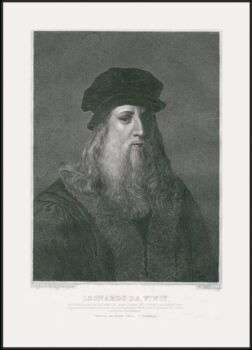
Image source: https://search.creativecommons.org/photos/389fcf6c-08e3-4dee-99a9-27ced4377a66 by Morton1905
About His Life
Leonardo di Ser Piero da Vinci was born on April 15, 1452 in Florence. He was an illegitimate son of a notary, Piero da Vinci, and a peasant girl Catherine of Vinci. He was an apprentice of the famous Florentine painter Verrocchio. In his youth, Leonardo was in service of Ludovico il Moro in Milan. Later, he worked in Rome, Bologna, and Venice. Then, he spent the rest of his life in France and died on May 2, 1519.
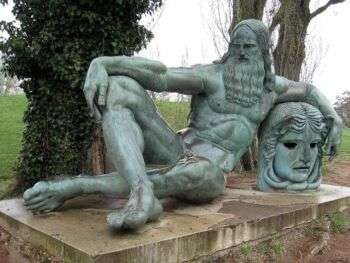
Image source: https://search.creativecommons.org/photos/2cf09287-71cb-43bc-8a5d-a05d9906e281 by Spencer Means
What are His Major Works
- The Annunciation
- Madonna of the Carnation
- Madonna Litta
- Virgin of the Rocks
- Lady with an Ermine
- La Belle Ferronnière
- Salvator Mundi
- The Virgin and Child with Saint Anne
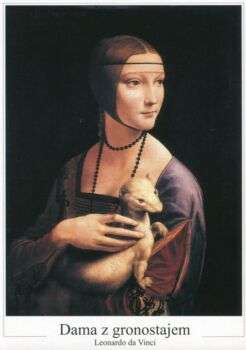
Image source: https://search.creativecommons.org/photos/f557d965-e691-4fab-88dc-58a078531b04 by damiankania550
- The Mona Lisa (1503-1506) is da Vinci’s most famous work and is one of the most valuable exhibits in the Louvre in Paris. The Italians call it La Gioconda while the French call it La Joconde. Additionally, Leonardo masterfully managed to convey the feeling of general harmony in the picture, which reflects the idea of the unity of man and nature.

Image source: https://search.creativecommons.org/photos/62c90106-5880-4a37-900e-92adcc3f6dc5 by Joaquín Martínez Rosado
- The Last Supper is a mural painting on the back wall of the dining room in the Dominican monastery of Santa Maria delle Grazie in Italy. The painting, created from 1495 to 1498, is based on the last meal of Christ and his twelve Apostles. Moreover, composition of the work is based on ratio and balance. We can identify an equilateral triangle, which forms the body of Christ, and a circle, which appears in the silhouette of a curved pediment against the background. In addition, the ideal geometric forms are a manifestation of Renaissance and Neo-platonic theories.
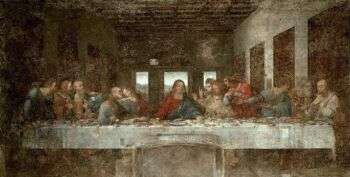
Image source: https://search.creativecommons.org/photos/ab05b13d-b62b-4f65-b6e2-c31f34f1b93a by ideacreamanuelaPps
- The Vitruvian Man (1487) is a world-famous drawing of a nude male figure in two superimposed positions, inscribed in a circle and a square. Additionally, the drawing demonstrates the relationship between ideal human proportions and geometry. It is sometimes referred to as the Canon of Proportions or, less commonly, Human Proportions. Further, the idea of the Vitruvian Man was first described by the ancient Roman architect Vitruvius in his treatise De Architectura.
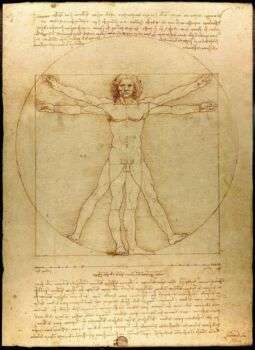
Image source: https://search.creativecommons.org/photos/d256a353-9edb-4217-83e8-df0b8122631b by mdwombat
Features of Da Vinci’s Style
- He used the technique of sfumato with great skill. Sfumato refers to the subtle gradation of tone used to obscure sharp edges and create a synergy between lights and shadows in a painting.
- Leonardo modeled his objects in two dimensions by capturing the light and shadow in three dimensions. This effect is known as chiaroscuro.
- Leonardo da Vinci typically painted with oil colors which he made by hand from ground pigments. Later in his career, he worked with tempera made from egg whites.
- Leonardo da Vinci’s painting technique used natural shades of subtle intensity. Most often, his works used blues, browns and greens in accord with the earth itself, while also incorporated neutral grays, for the background paint.
- His finished works have a more cohesive appearance thanks to the use of such a small range of colors.
- Generally his work surface would be a canvas or board, or sometimes a stone when painting a mural.
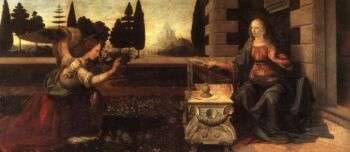
image source: https://search.creativecommons.org/photos/204b2801-87c9-4aec-9d43-57896845db60 by carulmare
Info sources:
http://www.leonardoda-vinci.org/
http://www.visual-arts-cork.com/famous-paintings/mona-lisa.htm
https://www.britannica.com/biography/Leonardo-da-Vinci/The-Last-Supper
http://www.leonardodavinci.net/the-vitruvian-man.jsp
http://www.artble.com/artists/leonardo_da_vinci
http://www.davincilife.com/article4-davinci-painting-technique.html
